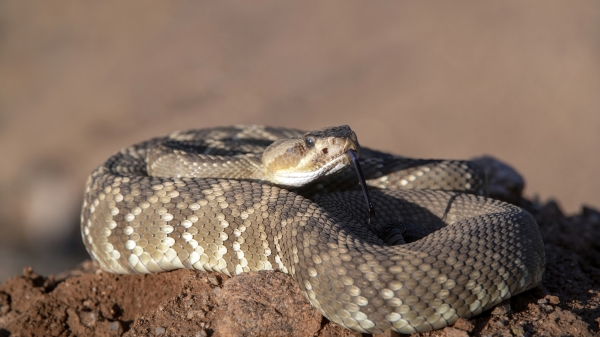Amazon Prime Day: ASU professor says online shoppers value convenience over environment

One of the biggest shopping days of the year is fast approaching.
Amazon Prime Day, taking place on July 15 and 16, offers shoppers the chance to buy items online at discounted prices, for 36 hours only. Launched by Amazon in 2015, Prime Day has grown into a worldwide event that in 2017 generated over $1 billion in sales for businesses on Amazon.
But whether you’re stocking up on the latest electronics or starting your holiday shopping early, all those purchases come with an environmental cost. From the fossil fuels used to transport goods, to the paper and plastic packaging, online shopping takes a toll on the environment.
To better understand how goods arrive at your door, what happens when they get returned, and how these transactions affect the environment, ASU Now spoke with Dale Rogers, professor of logistics and supply chain management at the W. P. Carey School of Business at Arizona State University.
Question: What is the environmental impact of online shopping and returns?

Dale Rogers
Answer: There are some concerns that as we increase the number of returns and deliveries in both directions that more fossil fuels will be utilized and we will end up exacerbating climate change. That said, there has not been much research into the sustainability impact of e-commerce.
E-commerce still only makes up for about 15% of total retail dollars spent in the U.S., and it seems likely that this number will increase dramatically over the next 20 years. With retailers like Amazon planning to move to one-day Prime delivery times, new research will have to be pursued to determine what the actual impact and costs are on the environment.
Having returns is probably much better for the environment than throwing items in a landfill. Returns do end up in landfills, but a lot less than they used to. Prior to the 1990s, the reverse logistics systems in the United States were not well developed and far too much material was put into landfills instead of being saved and resold through the very important and growing secondary market.
Q: Tell me more about the secondary market. When we return an item that was purchased online from a site like Amazon, doesn’t it just go back to the retailer it was purchased from?
A: Not necessarily. Items that are returned are going to travel based on agreements in place with the suppliers of those items. In some cases, items will go directly back to the supplier and not to the retailer itself.
Returns to Amazon and other retailers feed the secondary market, which includes stores like T.J. Maxx, Ross, Marshalls and factory outlet malls. Because of the development of the secondary market over the last 20 years, there are a lot more places to move products that still have useful life.
The secondary market is a very important part of United States domestic business, totaling $618 billion in 2018, a hundred billion dollars larger than all U.S. e-commerce put together. Total e-commerce last year was only $517 billion.
Q: Whose responsibility is it to minimize the environmental damage caused by online shopping — the shopper, the retailer or the third-party seller?
A: These are issues that have not been adequately explored. Some shoppers are beginning to limit their online retail purchases because of environmental concerns, but those people are clearly outnumbered by consumers who are becoming more comfortable with having products delivered to their house, even if there is an environmental cost. Over the next 10 to 15 years we will likely see changes in the law and judgments from court cases that will help determine who is ultimately responsible.
Retailers such as Amazon and others are trying to improve their packaging along with pickup and delivery methods to minimize environmental impacts. There are inherent trade-offs that consumers make when emphasizing purchasing convenience. It is clear that right now consumers are much more interested in convenience than in environmental impacts, which have not been clearly delineated for them.
Top photo courtesy of Pixabay.com
More Environment and sustainability

ASU launches groundbreaking partnership to address water insecurity in Arizona
For the past two years, Arizona has contended with record-breaking heat and over 1,000 heat-related deaths in Maricopa County alone. However, the county is just a microcosm of the rest of the…

There's a rattlesnake in your backyard: What do you do?
A snake slithers onto your back porch one sunny morning.What do you do?Call a relocation expert, grab a shovel and try to kill the reptile, or do nothing?That moral quandary is at the center of…

Pettinger to guide Southwest Sustainability Innovation Engine's sustainable technologies to market
There’s a lot of daylight between coming up with a good idea and turning that idea into something people can use.Katie Pettinger is here to help bridge that considerable gap. As the new chief…